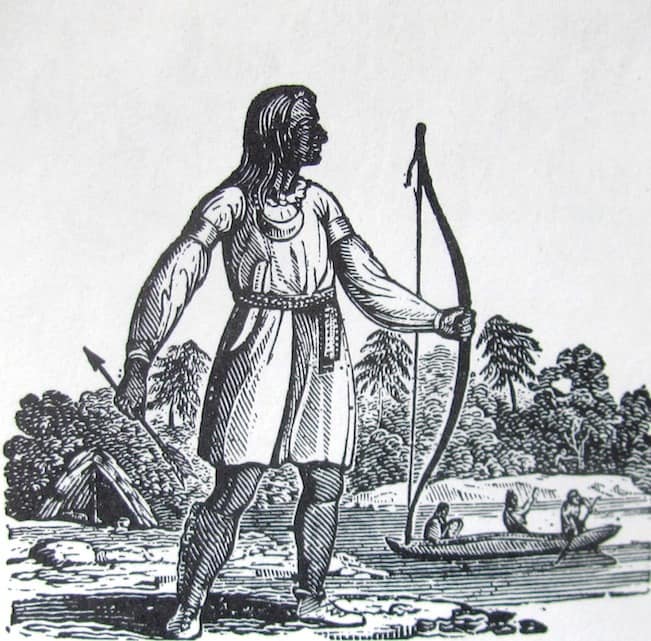
One of my favorite books is “A Book of Country Things.” Walter Needham told his stories to Barrows Mussey who recorded them in book form. Needham was born in 1896 in Vernon, Vt. His Gramp was born in a log cabin in Dummerston in 1833.
It’s a book on how to make wheelbarrows, sap buckets, build a stone wall, or make an adz handle, along with Indian remedies. It’s a fun and interesting book to read.

Stonewalls
“A stone boat is merely a large-planked toboggan, except the front end is not turned up so high…The stone walls both fenced in the fields and cleared them out. In preparation for the wall they would plow the loam where the wall was going, and shovel it out more or less to the subsoil. Then they would draw the stone boat along beside the trench, and roll the big ones in for foundation stones. Quite often they would wall off a ten acre lot, forty rods one way and forty rods the other. Sometimes it was only haphazard.
“After Gramp had rolled the big stones off into the ditch, and set them to suit him, he would draw the boat beside it. As fast as the boat come along he would take off the small stones that a man could pick up, and he’d place them right on the wall, and build it straight ahead just as easy as you please. He worked so fast you might have thought he was just throwing them in at random, yet when he got through, the wall was as solid as if it was one rock.
“I never could master the art of laying a fieldstone wall. Gramp done it for a lifetime, and I suppose I never had a chance to get the practice. The instructions he gave me for laying stone was to make each stone touch as many other stones as possible. A wall was double-faced – that is, it was straight up and down on each side, making practically two rows of stones.”
Indian herbs
“Gramp is the only man I ever knew, or knew of, that actually helped an Indian collect herbs for Kickapoo Indian medicine…The principal part of my job with the herbs was to collect the buds from the Balm of Gilead poplar. When the buds start to swell in the spring they are filled with a sort of pitch, and if you go around where there is Balm of Gilead poplar you will smell them. It smells like medicine. They grew a good deal on his farm in Vernon; they’re kind of a weed tree, and will spring up anywhere. They’re not considered anything for fuel or lumber; to the average person they wouldn’t look much different from any popple tree.
“I used to have to gather the swelling buds, and then Gramp would dry them. Some of them he just put fresh in a pint bottle, and when the bottle was full of buds he poured it full of grain alcohol and left it to soak. That made a liniment, and he even claimed it was good for colic…
“The herb I know most about is wild turnip or jack-in-the-pulpit. Gramp used to give it to me to start a sweat or cure my cold, and I can tell you it did.
“You watch the plants until the berries get ripe or the plant goes to seed. When the berries are red it’s right to gather. You pull up the bulbs, and peel them, and put them where they will dry. Once they are dry they’re good to keep indefinitely, the same as any spice.
“In the winter when you have a chill or are coming down with a cold or grippe or fever, you grate one level teaspoonful of that jack-in-the-pulpit bulb, and mix it up in hot water with milk and sugar. Maple or white sugar, it doesn’t make any difference. It’s not unpleasant to take, but you certainly warm up. I think it is equal to Jamaica ginger or anything of that sort. If I was going to prescribe it, I would go a little bit lighter on the ingredients.
“Grandpa always gathered tansy and pennyroyal and catnip to brew up with water for tea. Most all of his herb mixtures was some kind of brew. He used to make catnip tea and tansy tea for mild fevers or to give to children.”
This week’s old saying: “Laziness and poverty go hand in hand.”